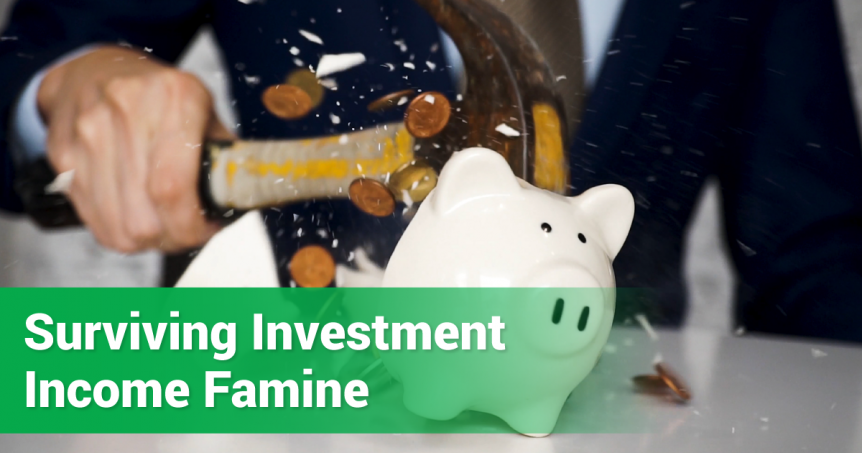UPDATED 2019: This article, originally published in 2010, continues to be one of our most popular posts. Please keep in mind that it is possible some of the facts offered have changed throughout the years.However, our sentiments have not.
Scott Burns and I agree on many things. We agree that you cannot beat the market by picking stocks. We agree that you cannot time the market. We agree that expenses are important and should be kept to a minimum. We agree that variable and equity index annuities are evil. And we obviously agree on the value of educating individual investors so they can make sound financial decisions.
But there is one topic on which, it seems, we cannot agree – retirement income.
Those of you who are long-time followers of Snider Advisors know that our unrelenting focus is, and has been, practical strategies for managing the risk created by job loss, illness or disability, bear markets, and funding thirty years of retirement.
In a January 24, 2010 article in the Dallas Morning News, titled Tools for Surviving the Investment Income Famine, Scott Burns gives some background on why yields have gone down across the board and the devastation it is causing among those living off their portfolios.
Here’s a back-of-the-envelope estimate. In 2006, the yield on a five-year Treasury obligation was 4.35 percent. Today it is 2.34 percent. That translates into a 23 percent drop in income if you got half your income from Social Security, half from interest. It’s a whopping 35 percent decline for the prudent saver/investor who gets less than a quarter of his income from Social Security and the rest from interest.
He then goes onto list some suggestions for getting more yield:
Vanguard GNMA fund (Recent Yield: 3.99 percent)
REIT Exchange Traded Funds (Recent Yields: 5.5% – 6%)
High Yield Stocks (Recent Yields: 5.2% – 6.7%)
Value Oriented ETFs (Recent Yields: 2.89% – 3.3%)
Single Premium Income Annuity (7.6% cash benefit with zero principal remaining)
Where we disagree is on the amount of yield required and the amount of risk required to get it. I believe these sorts of yields should be the bottom end of the range, not the top. These are the sorts of yields you should expect when the world periodically goes to heck in a hand-basket, not what you expect to be able to live on for thirty years.
What advisors who think like Scott Burns do is tell you to figure out a way to live on a 4% withdrawal rate from your portfolio for thirty years. Well, on a $1 million portfolio, that is $40,000 pretax in addition to whatever Social Security and pension income you might receive.
Even if that is doable, which for most people it is not, what happens when you hit an “investment income famine” and 4% isn’t 4% any more?
My fundamental belief is that you have to start with the end in mind and work backward in constructing your portfolio. You start with your required rate of return.
A simple, back-of-the-napkin way to calculate required rate of return is the amount you need to withdraw from the portfolio in retirement plus inflation divided by one minus your marginal tax rate. So for someone who needed to take 5%, assuming 3.5% per year for inflation and a 25% marginal tax rate, the formula is (5% + 3.5%) / (1 – .25), or 11.33%. That is what is required to pay you, pay Uncle Sam and keep up with inflation.
Then you construct a portfolio designed to average the required yield over the expected time horizon, which in this case is 30+ years. In so doing, the key is to carefully manage the additional risks you must take in order to get the required yield.
In fact, I would argue that is what the investor gets paid for. Your job as Family CFO is to maximize the risk-reward trade-off by making sure the risks you take are those you can most afford to take and the rewards come to you in the form which is most beneficial. The person who does that well will likely be rewarded. The person who cannot or does not, will likely struggle financially.
There is one point in the article, however, on which Scott Burns and I agree:
This is not what most people are doing. Instead, investors have piled into low-yield bond funds. This makes them vulnerable if interest rates rise with a stronger economy or a weaker dollar.
Here is a controversial statement for you – bonds have no place in a retirement income portfolio.







